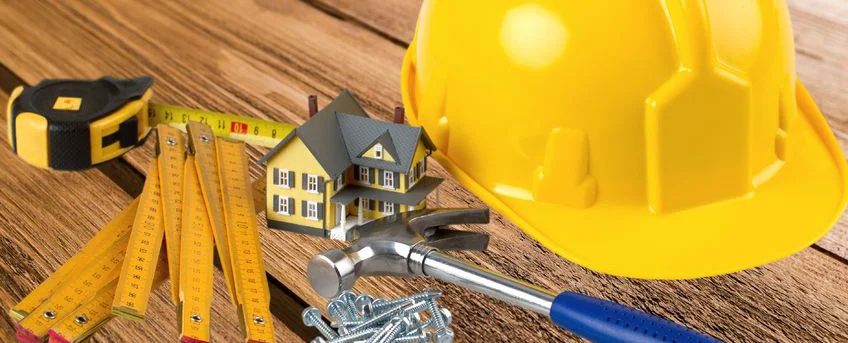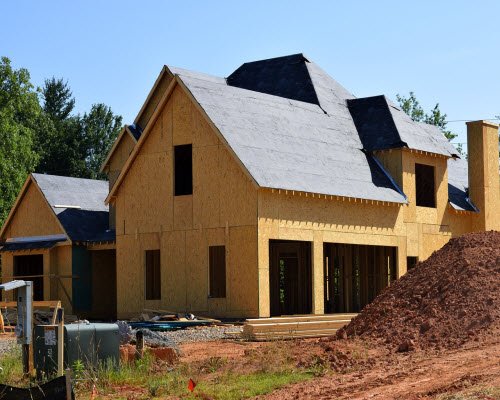Garage fires can happen. We’d like to give you the tools to make your garage as safe as possible from fires, as well as how to protect your home in the event of a garage fire.
Regardless of preparedness, your best bet is to hire a professional inspector to assess the safety of your garage.
We should mention this article pertains to attached garages only.
Why Are Garages Prone to Fires?
- Garages are typically the storage centers for flammable materials such as gasoline, paint, motor oil or other flammable liquids, including paint thinner or brake oil.
- You park your cars in the garage. Oil and gas can leak, sometimes unnoticeably from your vehicles, eventually leading to igniting a fire, if given a chance.
- The garage is a handyman’s workspace, where accidents involving welding, cars or flammable liquids pose a fire hazard.
- Water boilers and heaters are typically located in the garage and can cause sparks, igniting fumes or fluids.
Preventing the Spread of Garage Fires
- Install a hatch or barrier to access to your attic, if there is an entrance leading to your garage.
- Hire a professional inspector to assess if your walls are fire-rated. And unless you are trained, it can be difficult for the average homeowner to make this assessment alone. So, it’s better safe than sorry!
- Keep the floors clean and devoid of clutter, including bits of paper, rags, oil-stained materials or other flammable materials. Eliminate the opportunity for fire to spread by keeping your garage floor tidy.
- Tape down and organize cords and wires, so they are not twisted or tangled.
- Avoid overloading electrical outlets, which can cause sparks or smoke.
Things to Consider, If You Have a Garage Door Leading into Your Home
- Pet doors, especially those made of plastic are highly flammable and can facilitate an easy spread of fire to your home.
- A self-closing door may sound like a pain when you’re hauling things in and out of the garage, but it’s an easily-added safety feature to protect your home.
- Make sure your doors are properly and strongly sealed. A professional inspector can assess the safety of your door’s seal and recommend adjustments, as necessary.
Final Tips
- Avoid using any burners or open flames in your garage. This includes propane deep fryers or grills. Thanksgiving has seen countless deep-fried turkey disasters, all due to propane accidents!
- Clearly, label and store flammable liquids above ground. Only store liquids in small amounts and replace, as necessary.
- Store propane tanks outdoors. They are sturdy enough to withstand the elements and pose the threat of exploding in your garage if triggered.
- Keep a fire extinguisher handy and safely stored above ground.
Fire safety is all about prevention. Ensure you are taking the proper precautions to protect your home and garage from the threat of fire with our simple tips.
So, remember, a skilled, professional inspector is always the best way to go, to ensure the safety of your home.
Most of all, remember, we’re here for you! Schedule your inspection today, and we’ll see you in 48 hours or less!





